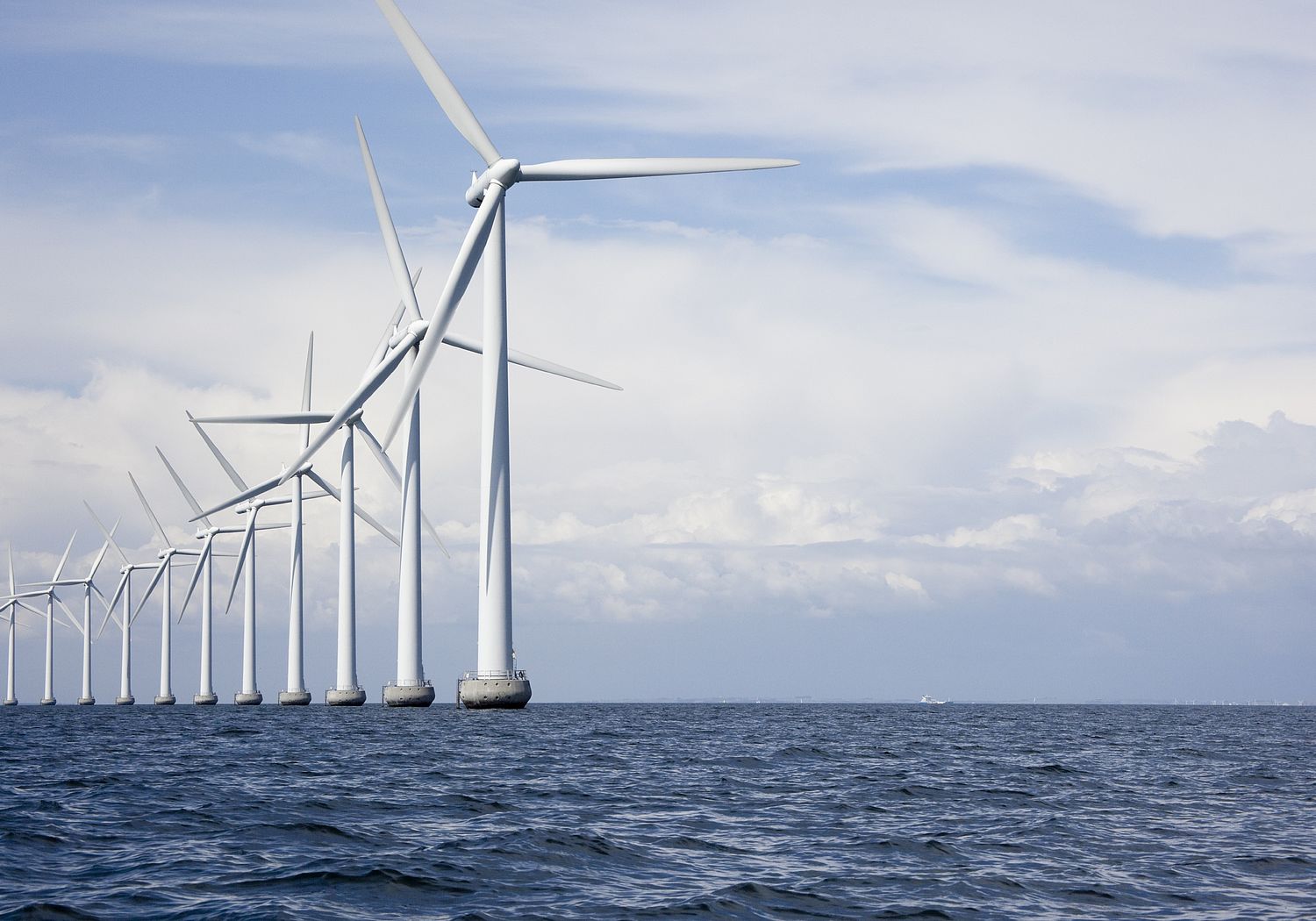Torque measurement in the MN•m range
Short Name: MNm Torque, Project Number: 14IND14
New transfer standards and calibration procedures for measuring the performance of large wind turbines
The renewable energy industry has contributed significantly to technological innovation and employment across Europe. For example, over the ten years to 2015, gross electricity produced from wind energy in EU-28 countries grew by a staggering 329 %, helping limit emissions of greenhouse gases and pollutants, reduce dependence on imported fossil fuels, and reduce wholesale electricity prices. Such growth trends will need to continue to help achieve the EU Commission’s key target that, in 2030, more than 32 % of total EU energy consumption be derived from renewable sources. However, a feature of the sector is a requirement for sizeable investment, so expansion would be best supported by improved investor financial returns, such as by developing larger turbines, and optimising wind energy systems for efficiency and reliability.
Measuring efficiency requires measuring electrical output, that can be performed accurately, and also mechanical input — by measuring torque and rotational speed. Several instruments can measure rotational speed but for the larger turbines that generate large rotational forces, torque cannot be reliably determined. Several test facilities in Europe support the development of wind turbines, using test rigs to measure the performance of wind turbine nacelles, which are the full turbine powertrain enclosure minus blades. However, transducers used to measure torque could only be calibrated up 1.1 meganewton-metres of torque, as that was the maximum capability of the largest torque standard available worldwide, whereas the largest nacelle test bench could exert up to 18 meganewton-metres of torque. In addition, the effects of some other mechanical loads on nacelle test benches were unknown at such high force loads.
The project developed methods to accurately measure torque at up to 5 meganewton-metres in nacelle test benches by developing new torque transfer standards using two methods. The first was by extrapolation, involving calibrations using the 1.1 meganewton-metres standard transducer, then applying mathematical models to forecast behaviour at higher ranges. The second approach produced four force lever system designs, based on commercially available force transducers, each providing torque measurements of at least 5 meganewton-metres. A new multi-component calibration procedure was also developed, accounting for loading in six components (axial force, two lateral forces, two bending moments, torque).
Finally, a calibration procedure was devised for all three test benches represented in the consortium at Center for Wind Power Drives in Aachen, Fraunhofer IWES in Bremerhaven, and CENER in Sarriguren, Spain. The resulting procedure introduced the first method for ensuring accurate torque measurements up to 5 meganewton-metres in nacelle test benches using torque transfer standards. The procedure was published as a Good Practice Guide on Traceable Torque Measurement under Rotation in Nacelle Test Benches.
Patent applications were filed by three project partners for designs of force lever systems. GTM, a leading company for measuring forces and moments, was influenced by the project’s focus on torque measurement accuracy. In parallel with the project, GTM developed a torque measurement solution using multi-component technologies, for which it was awarded a patent for use in wind power plant test rigs.
Reliable and accurate torque measurements covering the meganewton-metre range enabled test centres to contribute to improved accuracy and precision of torque measurements in nacelle test benches. This will support the development of more reliable and efficient wind turbines, boost the competitiveness of the wind power sector, and so unlock a barrier to growth in renewable energy generation capacity.
THe project 19ENG08 WindEFCY builds upon this work.
Journal of Physics: Conference Series
Conference Proceedings 22. IMEKO World Congress
Conference Proceedings 22. IMEKO World Congress
Conference Proceedings 22. IMEKO World Congress
Conference Proceedings 22. IMEKO World Congress
Conference Proceedings 22. IMEKO World Congress
Proceedings Sensor 2017
3rd Conference for Wind Power Drives
Ukrainian Metrological Journal
Conference Proceedings IMEKO 23rd TC3, 13th TC5 and 4 th TC22 International Conference
Conference Proceedings IMEKO 23rd TC3, 13th TC5 and 4 th TC22 International Conference
Conference Proceedings IMEKO 23rd TC3, 13th TC5 and 4 th TC22 International Conference
